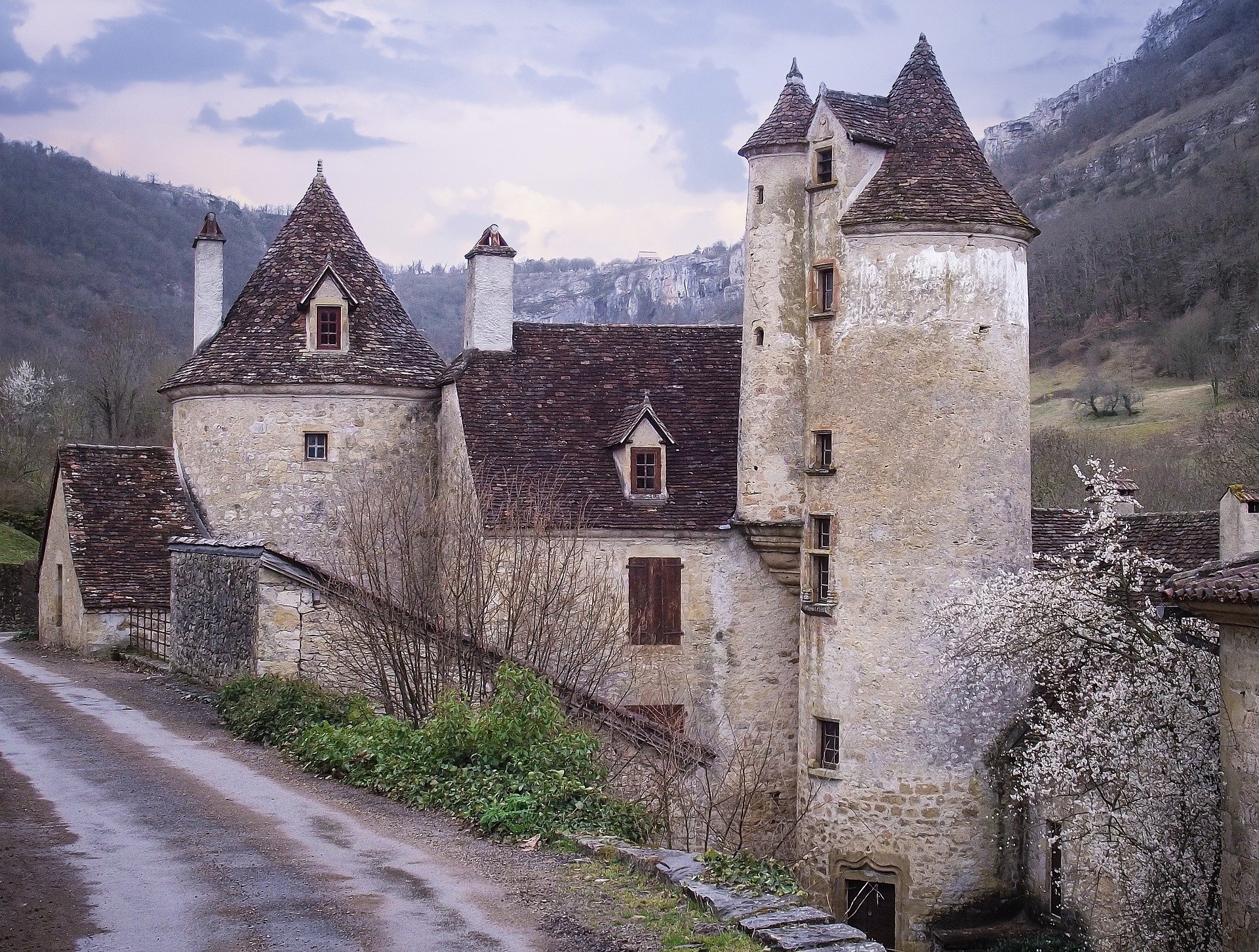It is rather difficult to imagine the lifestyle of the people living in the Middle Ages in Europe. The majority of people associate the European Medieval period with a lifestyle full of dirt, illnesses and ignorance. This popular belief is even strengthened by the images created by the directors of historical or fantasy films. Still, it turns out that the life of the Medieval people wasn’t as dull or horrible as we can imagine.
The Medieval clothes wasn’t exclusively grey
Watch almost any film about the Medieval period and you will see poor peasants wearing grey clothes. The royal families in these films also have primarily grey clothes. Needless to say, all this looks rather boring.
Fortunately, our predecessors had a greater choice of colours for their clothes than what we can imagine. It is especially obvious if you look at the pictures created by the artists from that period of time.
First of all, grey colour in clothes wasn’t thus popular at all, even among the poor people. The reason for it was the fact that the clothes was made of natural materials such as wool, linen, hemp and nettle. The fabric made of these materials has its natural white or beige colour. It was not grey though.
Secondly, people in Medieval Europe really enjoyed dressing up in colourful clothes. Of course, it doesn’t mean that such clothes was affordable for everyone since some of the colourants were rather expensive. One of the most popular substances using for dying fabric was woad that changed the colour into dark blue. Clothes in the violet, red, green and yellow colours was also quite popular, although not thus cheap. The clothes in the purple colour was the most expensive since this colourant required a rather complicated procedure for its production. For that reason, purple clothes was popular only among the royal family.
Even though not everyone was able to purchase clothes dyed with expensive colourants, even the poor were still able to change the colour of their clothes which they did eagerly. For that purpose, they used a large range of natural materials including iron oxide, nuts, ground insects, lichen and tree bark. Generally speaking, the Medieval people loved different colours and combined pieces of clothes in all the colours of the rainbow if only the was such an opportunity since this was regarded fashionable at that time.
Spices were affordable only for the wealthiest people
Many people believe spices were used in the Medieval period in order to make rotten meat edible. Since there were no fridges during that time, meat was spoiling rapidly and people had to alter the awful taste in any way in order to be able to swallow their food. It doesn’t come as a surprise that various articles about the terrible and disgusting Medieval period always include this information.
In the reality, this belief was ungrounded. The major reason for it was the fact that spices were extremely pricey. Because of that, no one would even come up with an idea of adding large amounts of spices in order to cover the taste of spilt meat which was far more cheaper than spices themselves. Actually, those people who had access to spices didn’t have a need to consume spoilt meat.
The Medieval people didn’t throw away their faecal matters out of the windows
You will hardly find a person who hasn’t heard about the Medieval European people throwing their faecal matter right out of their windows. Beyond a shadow of a doubt, this is one of the reasons you really don’t want to live in those times even if you are fascinated by the culture and history of the Medieval period.
Still, according to the multiple historical studies, there are many proofs of the fact such a practice was not regarded as something normal at that time. It might have happened from time to time, but getting rid of any kind of waste simply by throwing it out of window was actually forbidden. For example, in Medieval England, there was an official law prohibiting this way of throwing one’s waste away. For such a behaviour, citizens were fined. The equivalent of the money paid for such an action during that time is around 140 American dollars.
Scientists also came across some notes from that time which showed that Medieval people were avoiding throwing garbage from the windows of their homes. For example, in some of the documents, there was a description of the case in which neighbours were so angry at one man for throwing spoilt fish from his window that they almost killed him for this did. You can imagine what could have been their reaction if this was not a fish but something else.
According to some information, people used special pits for getting rid of their waste or just tossed it into the ditches. These places were then cleaned by special people called gongfermours. This kind of job needed lots of courage that’s why gongfermours were able to earn more money per day than other workers during an entire week.

